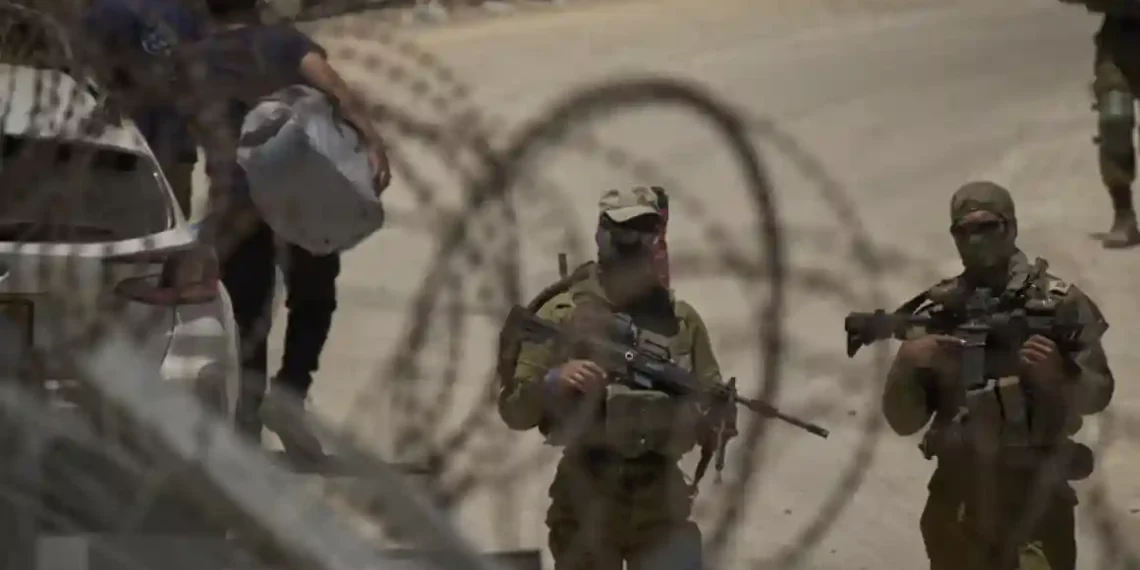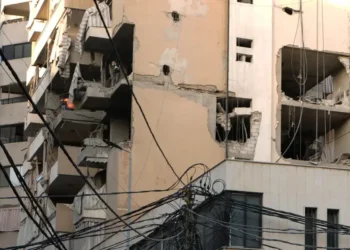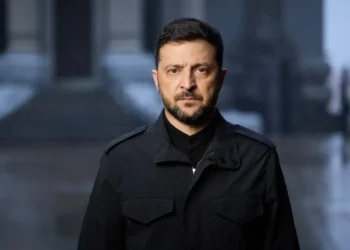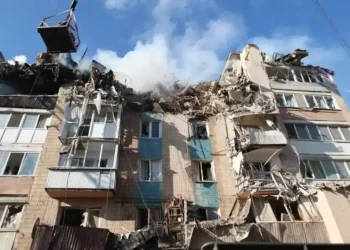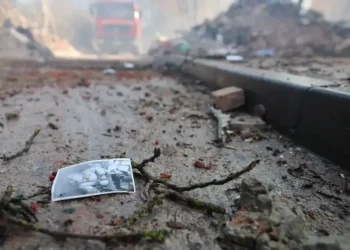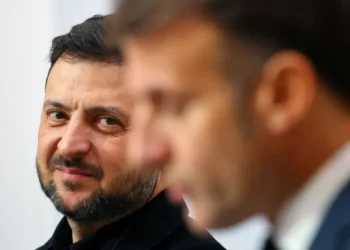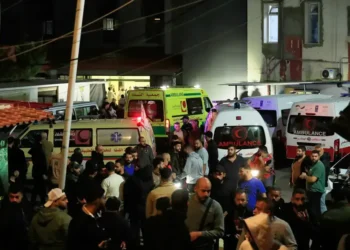Syrian Forces Withdraw From Sweida After Druze Clashes as Fragile Ceasefire Takes Hold
Tensions have eased in southern Syria after days of deadly fighting between Syrian government forces and Druze militias. A ceasefire, brokered by the U.S., Turkey, and Arab countries, led to the withdrawal of troops from the Sweida province on Thursday. But while the violence has slowed, deep community tensions remain — and fears of further conflict still loom.
What Sparked the Clashes in Sweida?
The fighting began earlier this week when disputes between local Druze militias and Sunni Bedouin tribes escalated into widespread violence. The Syrian government sent in forces to restore order, but their involvement quickly led to brutal clashes with Druze fighters — and even attacks on civilians.
Videos posted online appeared to show Syrian troops and allied fighters looting homes and targeting Druze residents, including respected clerics. Reports of violence spread quickly across the region, drawing global attention.
Israel and Regional Powers Step In
The conflict took on a wider regional dimension when Israel launched airstrikes against Syrian military targets, including the Defense Ministry in Damascus. Israel stepped in to protect the Druze, a religious minority with deep ties to the Israeli population, especially in the Golan Heights.
Israeli Prime Minister Benjamin Netanyahu confirmed on Thursday that Israel would continue its policy of keeping southern Syria demilitarized and would protect the Druze community on both sides of the border.
Thousands of Israeli Druze also gathered along the border, and some even crossed into Syria to help relatives or show support. Israeli troops later returned dozens of people back across the border.
A New Ceasefire Deal
The latest ceasefire, announced Wednesday, allows Druze factions and clerics to manage internal security in Sweida. Syria’s interim president Ahmad al-Sharaa praised the deal, saying the Druze are “an integral part of Syria” and promised accountability for those who harmed civilians.
Still, Syrian state media said Thursday that revenge attacks by Druze fighters on Sunni Bedouin communities had caused further displacement and some renewed fighting. Meanwhile, rights groups reported that nearly 600 people — both fighters and civilians — were killed over four days, including at least 86 Druze civilians who were reportedly executed by government-allied forces.
What Comes Next?
Experts warn that the violence could return unless Syria addresses the sectarian divides at the heart of the conflict. “This is leading to militant sectarianism, which is dangerous,” said Issam al-Reis, a senior adviser at the Syrian research group Etana.
He urged the government to do more to include all sects, including the Druze and Bedouins, in national institutions like the military.
The United Nations also weighed in. Secretary-General Antonio Guterres called for unity, stressing that peace can only come if all Syrian communities are treated equally and fully integrated into the country’s future.
This article was rewritten by JournosNews.com based on verified reporting from trusted sources. The content has been independently reviewed, fact-checked, and edited for accuracy, neutrality, tone, and global readability in accordance with Google News and AdSense standards.
All opinions, quotes, or statements from contributors, experts, or sourced organizations do not necessarily reflect the views of JournosNews.com. JournosNews.com maintains full editorial independence from any external funders, sponsors, or organizations.
Stay informed with JournosNews.com — your trusted source for verified global reporting and in-depth analysis. Follow us on Google News, BlueSky, and X for real-time updates.
